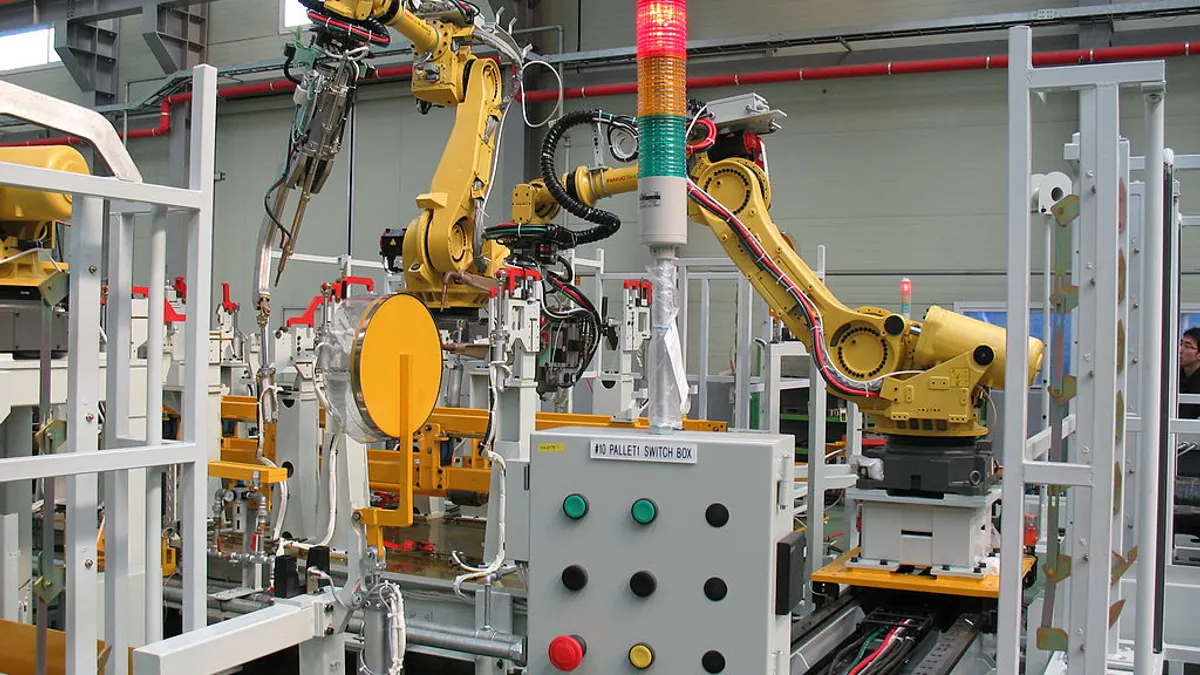Dive Brief:
- McKinsey reports that automation has transformed manufacturing operations, employment and economics in the past 20 years and could bring more industrial changes with rapid advancements in robotics, artificial intelligence (AI) and machine learning. As of 2015, 478 billion of 749 billion working hours dedicated to manufacturing worldwide were automatable, according to McKinsey, the equivalent of $2.7 trillion out of $5.1 trillion in labor "that could be eliminated or repurposed" if the available technology was adapted and adopted.
- Companies that have not automated their operations need to think about three things, McKinsey says: 1) the possibilities automation opens up now and in the future as the tech evolves; 2) when deciding to automate, what factors beside technical capability must be considered; and 3) where and how much is automation needed to leverage the technology over the long term.
- McKinsey says that automation is possible in various manufacturing subsectors based on skill levels. In the low-skills area, automation could supplant 82% of labor in apparel and luxury goods, 80% of agriculture processing, 76% of food manufacturing and 69% of beverage manufacturing. At the mid-skills level, or moderate product complexity, automation could apply to 72% of basic materials production and 70% of furniture manufacturing. And in high-skills labor, or high product complexity, automation could take over 52% of aerospace and defense labor and 50% of advanced electronics labor.
Dive Insight
McKinsey's study shows that while not all jobs can be completely automated out of existence, the technology is improving at a rapid pace. Employers that aren't prepared for automation's disruptive effects need to consider now how it may impact future staffing (and skilling) needs.
The current skills gaps for mid-market firms — particularly in manufacturing and the healthcare, services and construction industries — could be closed by automation. But new, tech-heavy jobs will require skilled talent of a different sort that is equally, if not more, hard to find. Employers will have to turn to creative recruitment techniques in order to stave off the "image gap" that plagues those industries, perhaps partnering with organizations aimed at younger people to get them interested in those jobs early on.
Employers may also need to turn to training their current employees to take on the jobs that will ultimately replace those taken over by automation. Given the speed at which technology evolves and advances, now is the time for employers to plan for inevitable changes in labor and employment.













